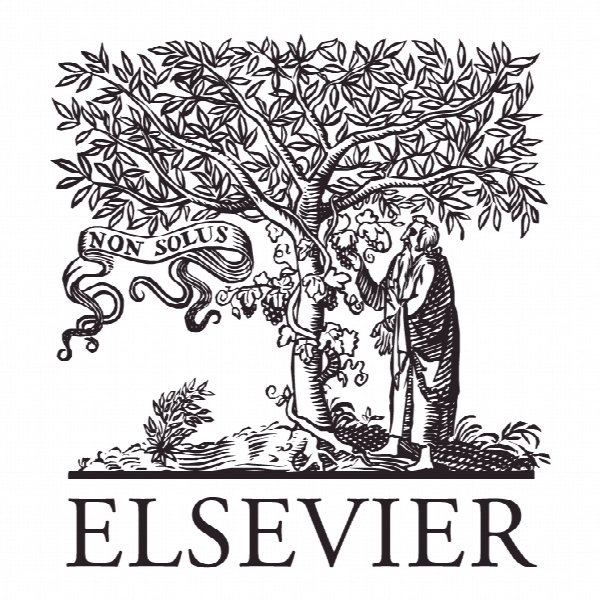نقش سرحد مرزی در ایجاد نوآوری در مشارکت های چند بخشی The role of the boundary spanner in bringing about innovation in cross-sector partnerships
- نوع فایل : کتاب
- زبان : انگلیسی
- ناشر : Elsevier
- چاپ و سال / کشور: 2017
توضیحات
رشته های مرتبط مدیریت
گرایش های مرتبط مدیریت کسب و کار MBA
مجله اسکاندیناویایی مدیریت – Scandinavian Journal of Management
دانشگاه گروه مدیریت و بازاریابی، دانشکده کسب و کار کمی، لایمریک، ایرلند
نشریه نشریه الزویر
گرایش های مرتبط مدیریت کسب و کار MBA
مجله اسکاندیناویایی مدیریت – Scandinavian Journal of Management
دانشگاه گروه مدیریت و بازاریابی، دانشکده کسب و کار کمی، لایمریک، ایرلند
نشریه نشریه الزویر
Description
1. Introduction Inter-organisational relationships between business firms and nonprofit organisations have become an important source of innovative solutions to business (Murphy, Perrot, & Rivera-Santos, 2012) and social problems (Selsky & Parker, 2005; Seitanidi, 2008). Waddock (1988) defines such arrangements as a commitment by a corporation to work with a nonprofit organisation whereby both parties work co-operatively to solve problems that affect them all and require time, commitment and active rather than passive involvement from all parties. Crane (1998) argues that developing partnerships offers partners the opportunity to co-create solutions with experts in a particular field, whereby such solutions have the potential to be a best fit for both organisations involved and society generally. According to Austin (2010a) cross sector partnerships need to be conceived as learning organisations continually searching for more effective ways to generate value. This establishes an important role for innovation in these arrangements. However, recently Jamali, Yianni and Abdallah (2011) have asserted that the role of innovation and its potential implications for partnership outcomes have so far not been systematically explored. While innovation remains an understudied phenomenon in cross sector partnerships its importance has been recognised. For example, Holmes and Smart (2009) looks to business literature to consider the benefits accruing to firms who look outside the firm for sources of innovation. However, we wish to extend this to consider crosssector partnerships as a source of innovation for both parties (Ameli & Kayes, 2011), but in particular the nonprofit organisation. Much academic work in the area of cross-sector relationships has focused on key relationship success factors such as the need for trust (Seitanidi & Crane, 2009), commitment and shared values (Austin, 2010b). These success factors are conceived as mediating factors which are either present or not in the relationship. The problem with this conceptualisation is that it obscures the efforts of managers in both organisations to bring about an open collaborative environment. For example, it is possible that the true potential of any given relationship may not fully be realised at the outset, and, contra to Berger, Cunningham, & Drumwright’s, (2004) assessment, not all partnership problems are predictable and capable of being ‘dealt with’ at the early stage of a relationship. As such, it is conceivable that the presence of relationship success variables (Parker & Selsky, 2004; Arya & Salk, 2006) have much to do with the behaviour of relational actors, rather than, a priori, being predictors of relationship success. More research is therefore required to understand “the role of individuals in affecting value creation” (Austin & Seitanidi, 2012, p. 24) within cross-sector partnerships. In this regard, it is necessary to investigate how actors, not only envisage the potential of a relationship to co-create innovative solutions, but how, through their actions, they contribute to the realisation of that potential. In particular, there is a need to explore how the relationship is influenced by the actors’ abilities to accommodate, adapt, learn and co-create solutions.


